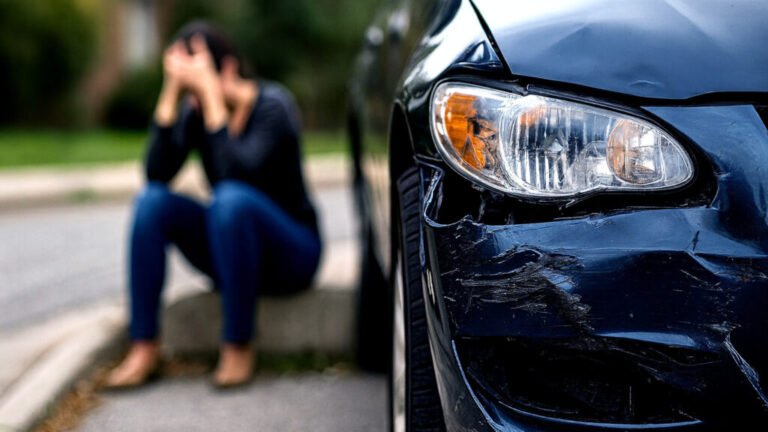
“Slow equals safe” makes a great bumper sticker and a lousy driving tip. The viral line that a car running 10 mph under the flow is “six times more likely to crash” comes from old, over-simplified research. Modern work shows two things at once: higher average speeds mean more crashes and nastier ones, and big gaps from the flow create conflict points. The ITF/OECD review lays that out, and IIHS data confirm speeding still drives a huge slice of fatalities. Drive the lawful flow, not the meme.
The slogan traces back to mid-century Solomon/Cirillo work on the U-shaped relationship between deviation from mean speed and crash involvement (rural roads and early interstates). A later RTI study (1971), summarized by FHWA (1998), reported about six-times higher risk at the extremes—far slower or faster than average—not “exactly 10 mph under.” A National Motorists Association fact sheet repeats the line without a primary citation; that’s how myths work
Translation: the claim is dated and oversold. But you will still see it being floated on Facebook.

Core Performance & Drivability — Why Speed Variance Breaks Rhythm
Cars feel best when traffic moves like a well-set suspension: small steering inputs, clean brake modulation, smooth merges. Drop 10 mph below a quick freeway and watch the ripples—brake lights strobe, lane changes multiply, gaps shrink. Safety agencies use the Nilsson power model for a reason: a 10% rise in mean speed ≈ 40% more fatal crashes. The same body of work shows greater speed variance lifts crash likelihood, especially in dense flow. Keep with the lawful pack, leave space, and let the chassis breathe.
Figures to keep handy:
• +10% mean speed → ~+40% fatal crashes
• +5 mph in a state’s max limit → ~8–9% more interstate fatalities
Real-World Usability — Lanes, Driver Assists, Comfort, Fuel
Highways and driver-assist systems are tuned for steady, lawful flow. Sit behind a rolling under-speed chicane and the adaptive cruise hunts—brake, throttle, brake—so the ride turns choppy and your mpg drops. The national picture is blunt: speeding figured in ~29% of U.S. road deaths in 2023. On efficiency, government testing shows mpg drops as cruising speeds climb past ~50–60 mph—another vote for smooth, consistent pacing over erratic speed swings.
My Verdict — Match Lawful Flow, Don’t Be The Outlier
The meme “slow drivers are more dangerous than speeders” doesn’t survive modern evidence. Excess speed raises deaths; big speed gaps spark crashes. The best drivers keep it right except to pass, run with the lawful flow, and keep inputs calm and linear so everyone’s car—steering, brakes, suspension—can do its best work.


